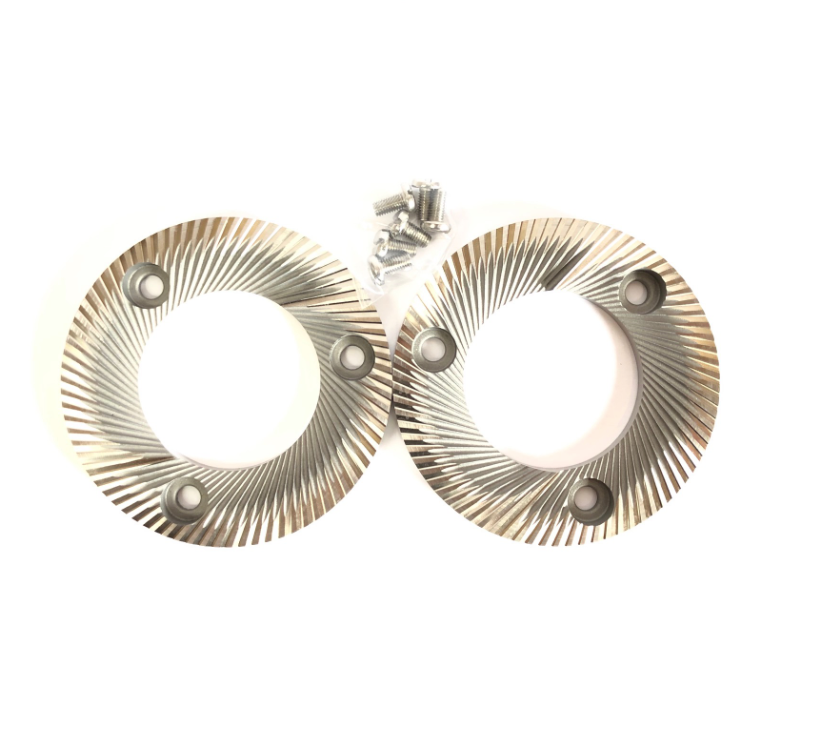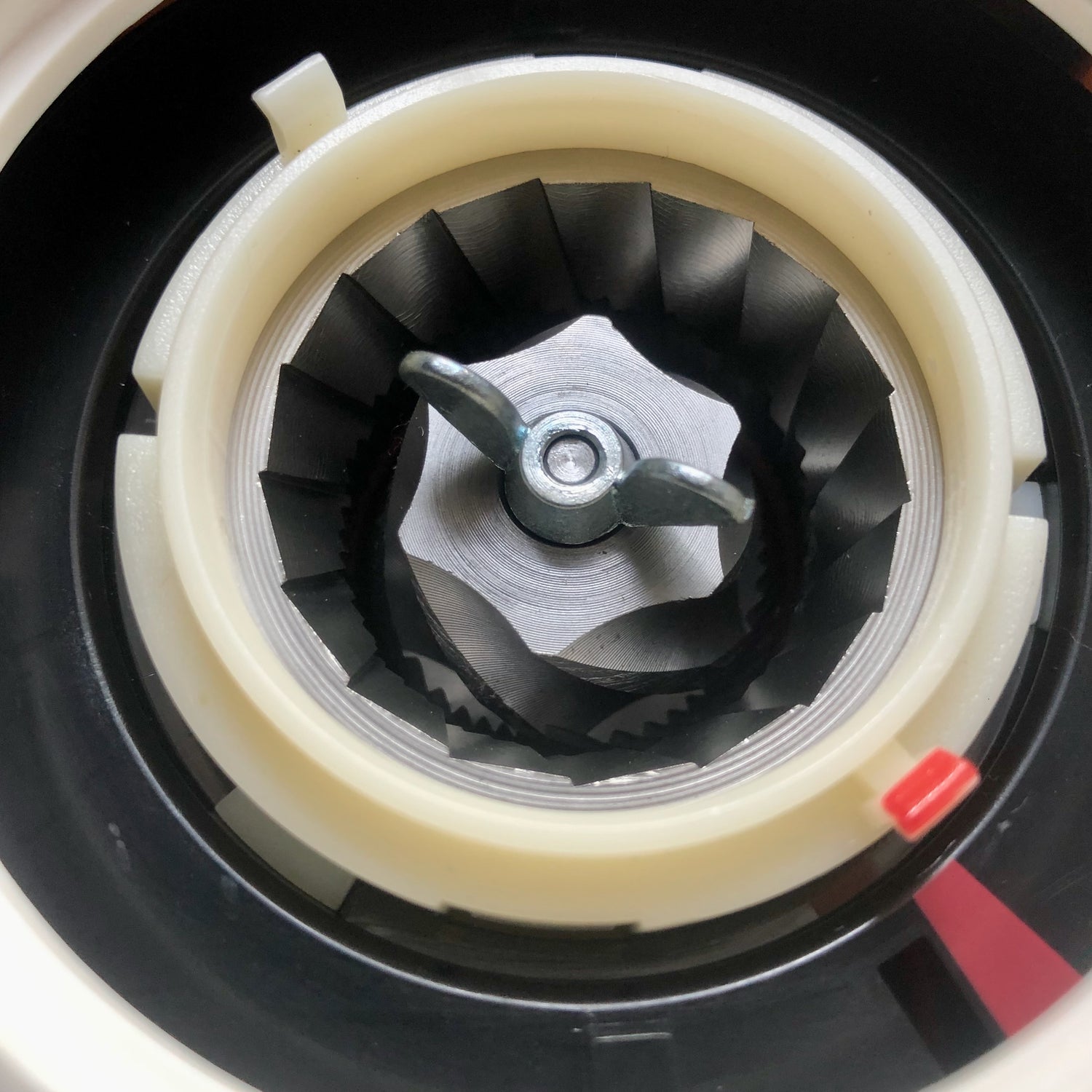Coffee grinders
Freshly grinding coffee is worthwhile, as many volatile aromas escape shortly after grinding. Therefore, we recommend grinding whole beans with a coffee grinder just before preparation. This way, you always have control over the grind size and achieve the best flavor. We'll give you a brief overview of the different types of coffee grinders and how they differ.
Availability (1)
Price
No products in this collection
Coffee grinders from Süssmund Kaffee

Coffee grinders with disc grinder

Coffee grinders with conical grinder
Frequently Asked Questions
What types of coffee grinders are there?
How does an impact mill work?
Is there a difference between ceramic and stainless steel grinders?
Which grinder is best for coffee?
